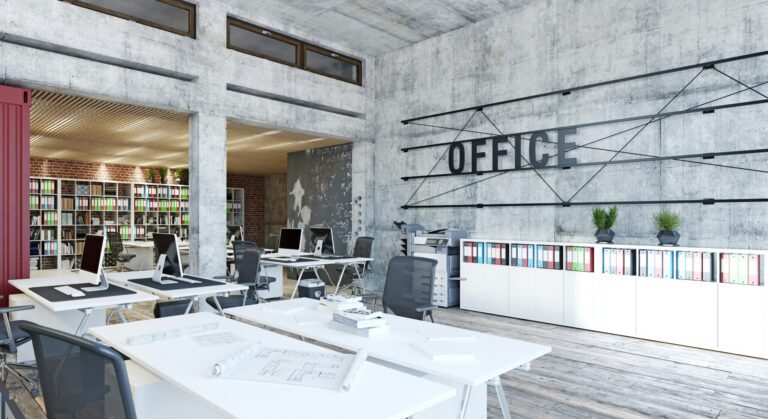As cities continue to recover from the pandemic’s initial economic disruption, November 2024 marked a strong resurgence in office space leasing, particularly in urban centers across North America. With businesses adapting to new work models, the demand for office spaces has shifted, though not entirely back to pre-pandemic levels. Instead, the focus in commercial real estate has been on high-quality office environments that accommodate flexible working, as well as hybrid models that blend remote and on-site activities.
Shifting Office Needs Post-Pandemic
The office leasing market in November 2024 saw a considerable increase in companies seeking hybrid-friendly spaces. The idea that businesses needed vast, cubicle-filled spaces was now a thing of the past. Instead, companies were looking for smaller, modernized office setups that could cater to teams who worked both from the office and remotely. This trend emerged in response to broader shifts in work culture, where employees demand more flexibility and comfort in the spaces they use.
One of the most significant changes in office leasing was the rise in demand for spaces that offered collaboration areas, ergonomic workstations, and access to outdoor environments. Amenities such as high-speed internet, communal lounges, and even wellness-focused spaces were highly sought after by tenants who were reshaping their office cultures to reflect the evolving nature of work.
Cities like Los Angeles, New York, and Toronto saw this demand rise dramatically in November 2024. The drive for premium office spaces that offer both function and flexibility became a central theme. Landlords responded by offering flexible leasing terms, reduced rents, and additional perks like access to shared workspaces in other buildings within the same portfolio.
Hybrid Workplaces Drive Rental Decisions
Hybrid work was the game-changer for office leasing in November 2024. As employees returned to their office spaces, they found that the old layouts no longer met the demands of their hybrid schedules. Businesses were increasingly interested in offices that offered collaborative spaces, breakout areas, and shared meeting rooms that employees could reserve on an as-needed basis.
Commercial property owners who adapted to this change quickly found that the demand for flexible office space exploded. For example, in New York City, property owners responded to this trend by transforming large, traditional office spaces into modular designs that could be easily reconfigured based on tenant needs. These spaces allowed businesses to accommodate various team sizes and schedules, making them more appealing in a world where remote work and in-office collaboration go hand-in-hand.
For tenants, the rise of hybrid work was a significant factor in their decision-making. The ability to scale the amount of office space they needed based on fluctuating employee attendance was crucial. Office space leasing, therefore, became a more dynamic process, with tenants looking for spaces that could evolve with their business models.
Long-Term Implications for Office Leasing
The long-term effects of the November 2024 office leasing boom are still being felt, but it’s clear that businesses and landlords alike are embracing more flexible leasing terms. The success of these flexible, hybrid office environments is likely to influence commercial real estate for years to come. Companies have realized that hybrid work is here to stay, and the way they lease office spaces will continue to reflect this new reality.
For commercial landlords, this means continuing to adapt to the demands of tenants seeking versatility. Short-term leases, smart office technology, and high-end amenities are now essential for attracting long-term tenants. Meanwhile, tenants can look forward to more innovative and dynamic office leasing opportunities that cater to the needs of modern, hybrid workplaces.
In conclusion, the office leasing surge in November 2024 is a reflection of the broader shifts in work culture, where flexibility and adaptability are now paramount. The lasting impact on the commercial real estate sector will be profound, creating a market that values modern, hybrid-friendly office spaces over traditional office layouts.
